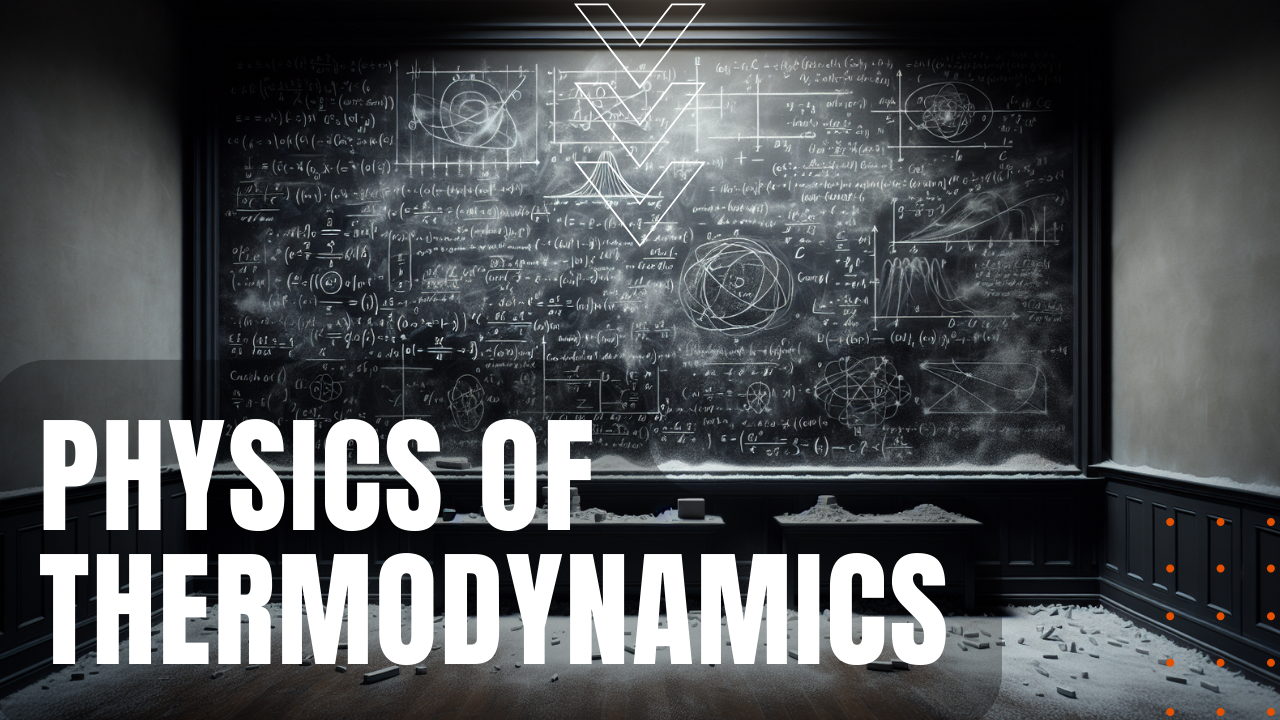Physics of Thermodynamics

Born in the 19th century, when scientists and engineers were first discovering how to build and operate steam engines, thermodynamics became a branch of physics that studies the relationship between different forms of energy. In a nutshell, thermodynamics encompasses a set of principles and laws that govern the interactions of particles in systems undergoing changes in temperature, pressure and volume, including isothermal or constant temperature systems, idiabatic or no heat exchange systems, isobaric constant pressure systems and isochoric constant volume systems. Sometimes referred to as the law of energy conservation, the first law of thermodynamics states that energy can’t be created or destroyed in a closed system, but rather it can only change its form, wherein the internal energy of a system is quantified as the sum of its heat and work interactions with its surroundings.
Important Formulas
Expressed mathematically as ΔU = Q – W, where ΔU represents the change in internal energy, Q represents the heat added to the system, while W represents the work performed by the system. The second law of thermodynamics deals with the concept of entropy, which is the measurement of disorder or randomness within a system, which implies the natural tendency of an isolated system to move towards greater disorder, such as the tendency of heat to flow away from regions of higher temperature to regions within the system that possess lower temperatures. Expressed in various equations such as the Carnot efficiency formula, stated as Efficiency = 1 – Tc/Th, where Tc is the temperature of the cold end of the cycle, and Th is the temperature of the hot end, making the study of thermodynamics, a key understanding of the processes that govern our physical world.
